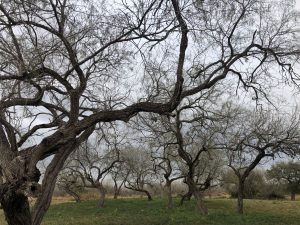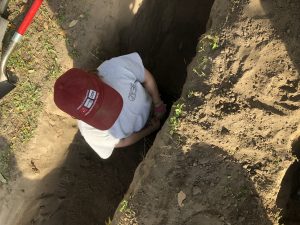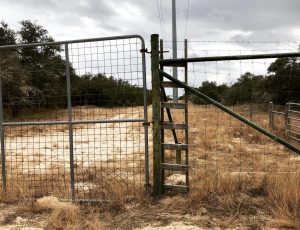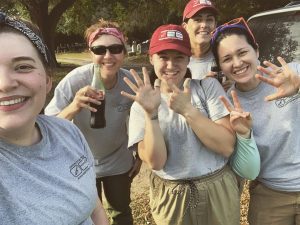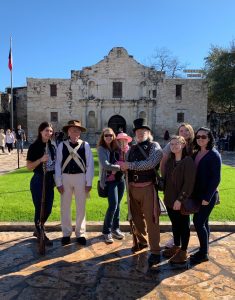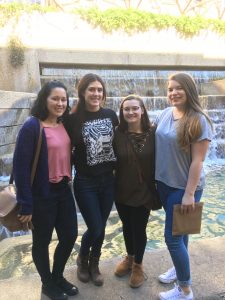“I heard one of these lectures about an experiment where they give guys a pair of glasses that make them see the whole world upside down. But after three days, guess what? They see everything right side up. And then they take off their glasses, and they see everything upside down again. For three days. And then, eureka! Back to normal. Yes, it takes the brain three days to adapt.” — Bones, “The Doctor in the Photo”
Being in Falfurrias is like seeing upside down. After the third day, the work became our new normal. Our work at Sacred Heart consumed our thoughts, and everything we did was based in a humanitarian effort. We had purpose, a goal, and a plan to reach said goal.
We got used to seeing the same people every day. Deputy White, Dr. Spradley and her team, Eddie Canales. We ate the same lunch, cheers-ed the same drinks. We blogged and mapped and filled out photo logs. Day in and day out we worked towards our goal.
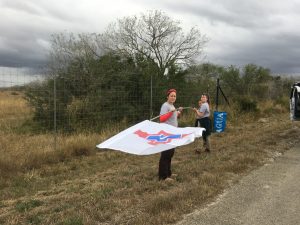
Then, we left. Our work ended abruptly. We packed, drove out of Falfurrias and flew home. We took the glasses off and the world flipped upside down again.
I slept all day on Sunday, filled to the brim with cold and flu medicine. I wasn’t able to fully process being home. Sleeping in my own bed, wearing clothes that weren’t field clothes, watching TV, etc.
Then, I woke up on Monday and dug out my heavy winter coat. I swept the six inches of snow off of my car, and drove to school. I had no real purpose, goal, or plan. I didn’t even have a notebook.
Everything I am doing is to make myself a better anthropologist, a better scientist, so that when I am able to return to the field, I will do better work than the time before. However, not being in the field, being active in my efforts seems like a waste.
It’s almost 48 hours into the 72 it should take me to readjust, but I have a feeling my right side up will continue to be in Falfurrias.
I want to use this space to express my gratitude.
Thank you to my team. Thank you for your support and for making this one of the best experiences of my life.
Thank you, Dr. Latham, for giving me this opportunity and being an amazing force of change.
Thank you, Arden, for bringing both an incredible perspective and humor to this work.
Thank you, Sammi, for making all of the maps and being a digging machine.
Thank you, Angela, for being a great field mentor and bucket carrier, and for giving me all your carbs.
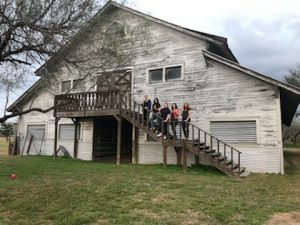
Thank you, Dr. Spradley and the people of Texas State, for allowing us to join you.
Thank you, Deputy Don White, for keeping us safe and always laughing.
Thank you, Sheriff Benny Martinez, for believing in our mission.
Thank you Eddie, Arianna, and Selina for doing humanitarian work daily and allowing us to join you for part of it.
Thank you, Sister Pam, for radiating pure love more than any person I’ve ever met.
Thank you, Dr. Bird, for your support for our work.
Thank you to the Clarks for allowing us into your beautiful home.
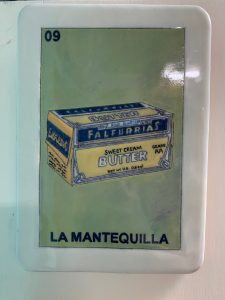
Thank you, Falfurrias. I’ll be back.
